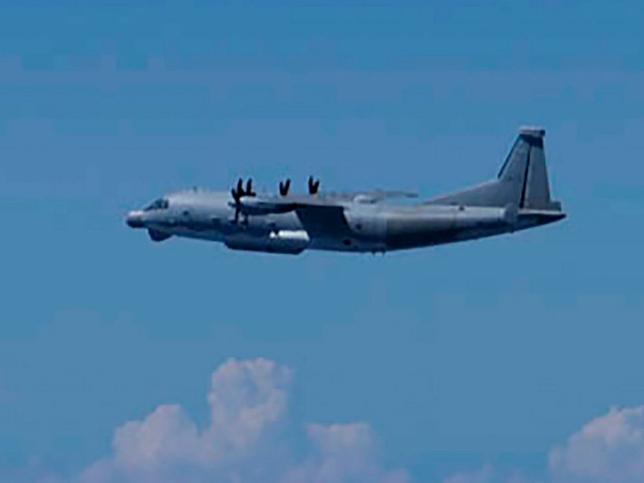On August 26, 2024, tensions in East Asia escalated as a Chinese Y-9 surveillance aircraft entered Japanese airspace over the Danjo Islands in the East China Sea for approximately two minutes, marking the first confirmed incursion by a Chinese military aircraft into Japanese airspace. The incident occurred at 11:29 local time and prompted an immediate response from Japan, including the scrambling of fighter jets.Japan’s government has strongly condemned the incident, with Chief Cabinet Secretary Yoshimasa Hayashi describing it as a ‘serious violation of our sovereignty’ and ‘a threat to our security’. In response, Japan summoned Chinese Chargé d’Affaires Shi Yong to lodge a formal protest and demand measures to prevent future occurrences.This airspace violation comes amid a broader context of increasing Chinese military activities in the region. On the same day, Taiwan’s Ministry of National Defence reported detecting 15 Chinese military aircraft and 7 naval vessels around its territory, with 9 aircraft crossing the median line of the Taiwan Strait. Additionally, tensions between China and the Philippines have risen following a collision between vessels near the disputed Sabina Shoal in the South China Sea on August 25.The incident has raised concerns about China’s expanding military presence and its impact on regional stability. Japan has stated it will continue to monitor Chinese military activities closely and take ‘all possible measures’ to protect its airspace. The situation remains tense, with potential implications for diplomatic relations and security dynamics in East Asia.
Key points
- A Chinese Y-9 surveillance aircraft entered Japanese airspace for the first time, prompting a strong diplomatic response from Japan.
- The incident occurs amid increasing Chinese military activities near Japan, Taiwan, and in the South China Sea.
- Japan has vowed to take ‘all possible measures’ to protect its airspace and sovereignty.
Contradictions👾While most sources agree this is the first confirmed incursion by a Chinese military aircraft, one source mentions previous airspace violations by other Chinese government aircraft in 2012 and 2017.



